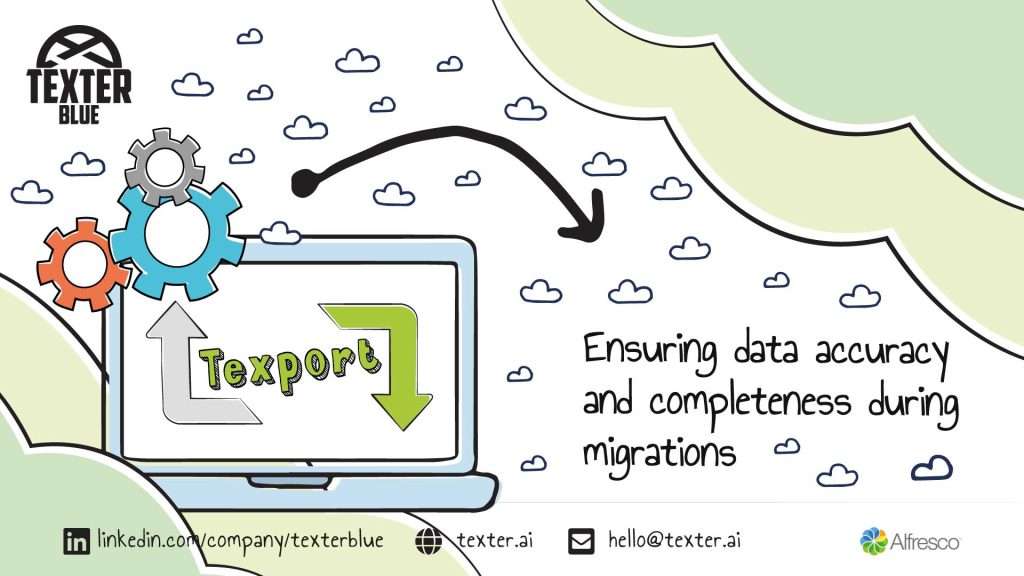Data migration is a critical process that involves transferring data from one system to another, typically due to technological upgrades, platform changes, or organizational restructuring.
Ensuring data accuracy and completeness during this process is vital to maintaining business continuity, data integrity, and achieving the desired outcomes from the migration.
This article outlines the key strategies and best practices to ensure successful data migration.

Understanding the importance of data accuracy and completeness
Data accuracy refers to the correctness of data, while completeness indicates that all required data is available in the dataset. During migration, any inaccuracies or missing data can lead to operational disruptions, faulty business decisions, and can even compromise compliance with regulatory requirements.
Key considerations before migration
Before initiating a data migration project, it’s crucial to define clear objectives and scope. This involves understanding what data needs to be migrated, the desired outcomes, and the business processes that will be affected. Conducting a thorough assessment of data quality before migration is equally important. This includes identifying any data inconsistencies, duplicates, or errors and addressing these issues to prevent data corruption during the migration process.
Choosing the right migration strategy
Two primary data migration strategies are often considered: the “big bang” approach and the “trickle” approach. The big bang approach involves migrating all data in one go, which can be faster but riskier due to potential system downtime and data integrity issues. The trickle approach, on the other hand, migrates data in phases, reducing risks and allowing continuous operation during the migration.
Implementing data governance policies
Data cleansing is a crucial step in preparing for migration. It involves correcting or removing inaccurate, incomplete, or irrelevant data to ensure that only high-quality data is migrated. After cleansing, data validation processes should be employed to verify that the data meets the required accuracy and completeness standards before it is moved to the new system.
Utilizing data quality tools
Various tools can assist in maintaining data quality during migration. These include data mapping tools for identifying potential issues, data validation tools to ensure data integrity, and data quality dashboards for real-time monitoring. Using TEXPORT can significantly reduce the complexity of the migration process and help in maintaining high data standards throughout.
Testing and monitoring
Thorough testing is critical before going live with the new system. This includes performing data validation, conducting user acceptance tests, and ensuring that the migrated data works seamlessly in the new environment. Continuous monitoring during and after the migration helps in identifying any issues that arise, allowing for prompt corrections to ensure that the migration objectives are met.
Smart content migration – Why Texport?
Ensuring data accuracy and completeness during migration is a multi-faceted process that requires careful planning, the right tools, and continuous monitoring.
Textport’s next iteration introduces Content Pipelines, a revolutionary feature that streamlines content management for enterprises. By leveraging targeted discovery queries during export, Content Pipelines seamlessly integrate enrichment workflows, empowering you to automate complex tasks and transform your content management process.
Check all the details here, and if you’re struggling with your digital transformation, remember… you are not alone in this… Texter Blue is here to help you providing the best results! Make sure you read our news and articles and contact us.

